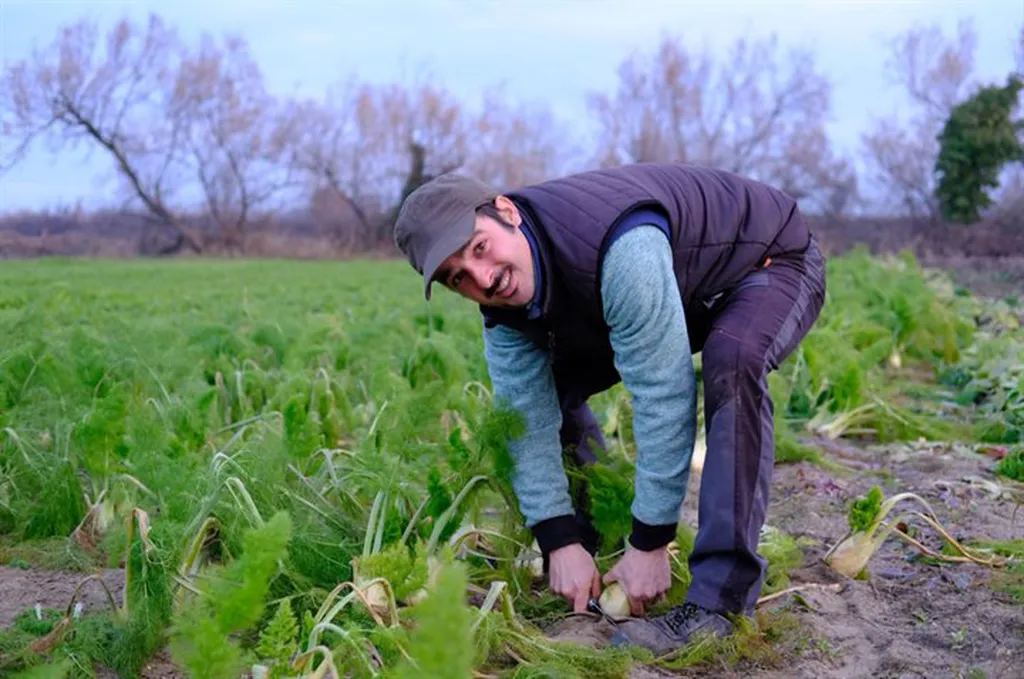In the heart of Northern Italy, a region known for its fertile lands and productive agriculture, a pressing question looms: how can we strike a balance between the economic benefits of farming and the environmental costs? A recent study published in *Academia Engineering* tackles this very issue, offering insights that could reshape agricultural practices and policy.
The study, led by Michele Francesco Arrighini from the Dip. Ingegneria dell’Informazione (DII) at the Università degli Studi di Brescia, delves into the complex interplay between agricultural activities and air pollution. It quantifies the impact of farming on air quality, comparing it to other emission sectors, and identifies key pollutants. But what sets this research apart is its forward-looking approach: it not only highlights the problem but also proposes solutions.
Arrighini and his team employed an integrated assessment modeling approach to evaluate the costs and benefits of various pollution abatement strategies. Their findings are compelling. “We found that it’s possible to reduce the average PM2.5 concentration by 17% with an annual expenditure of 300 M€,” Arrighini explains. “Four percent of this improvement comes from end-of-pipe abatement measures in the agricultural sector alone.” This reduction in air pollution could translate into a significant health benefit, potentially saving tens of thousands of years of life lost for the resident population.
The study also underscores the commercial impacts for the agriculture sector. By adopting sustainable practices and technologies, farmers can mitigate their environmental footprint while potentially reducing long-term costs associated with pollution. Moreover, the study’s policy recommendations could pave the way for targeted subsidies or incentives, making sustainable agriculture more accessible and economically viable.
Looking ahead, the research opens new avenues for addressing air pollution challenges in agriculture. “Our study is just the beginning,” Arrighini notes. “There are additional options and technologies that we haven’t explored yet, which could further enhance air quality and promote sustainable farming.”
As the world grapples with the dual challenges of food security and environmental sustainability, studies like this one offer a glimmer of hope. They demonstrate that with the right strategies and investments, it’s possible to have both productive agriculture and clean air. The findings could influence future developments in the field, shaping policies and practices that benefit both farmers and the environment.
In an era where the stakes are high, this research serves as a reminder that innovation and sustainability can go hand in hand, offering a path forward for the agriculture sector.

